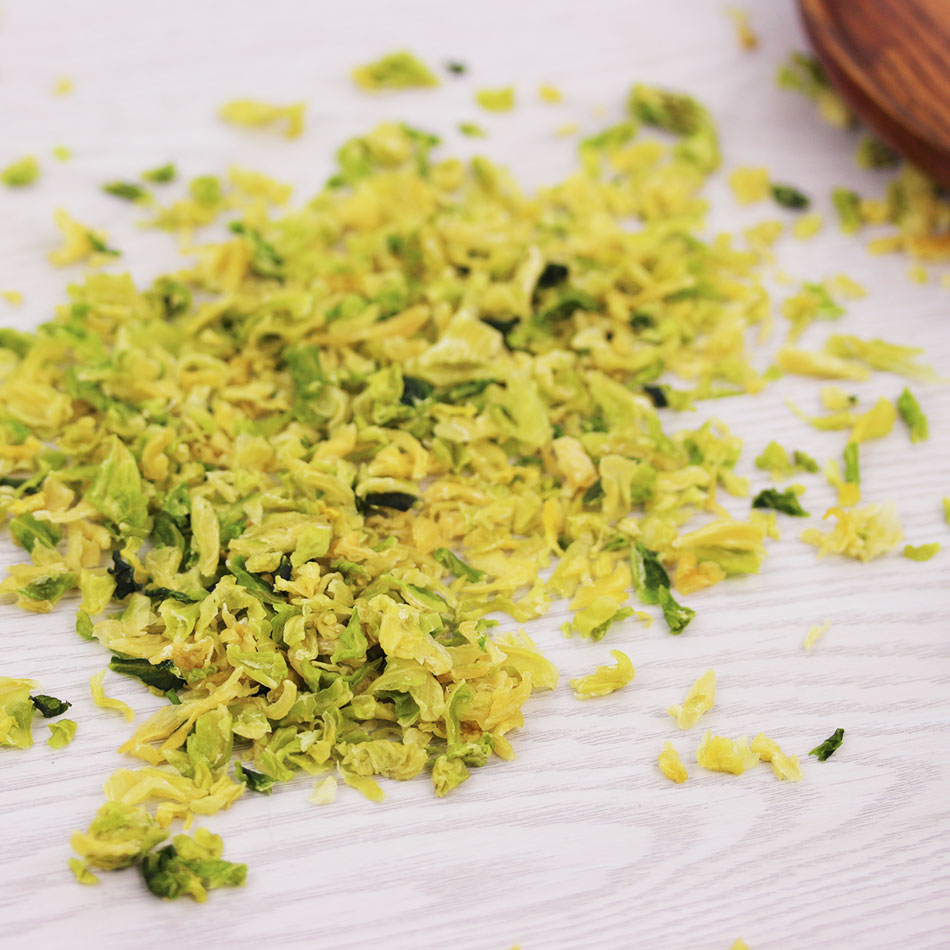Conductive paste (Ten20® Conductive Paste)
Model: 10-20-4 4oz (114g) bottle; 10-20-8 8oz (228g) bottle; 10-20-4T 4oz (114g) Tube conductive paste formula: Polyethylene oxide (20) Hexyl ether, water, glycerin, calcium carbonate, 1,2 propylene glycol, potassium chloride, white gel, sodium chloride, polyethylene oxide (20) sorbitol, methyl paraben and propyl paraben.
--usage--
This product is used in neuromonitoring processes when connected to non-adhesive electrodes, such as EEG testing, stimulating potential processes, polysomnography, and multiple sleep latency testing.
--Features--
Do not apply conductive paste directly to the electrodes or the head. Apply a certain amount of conductive paste to the surface of the strip or non-woven tape.
Do not use too much conductive paste to cover the contact surface of the electrode. This reduces pole spacing, potential measurement differences, and hazard tests.
Tube-mounted conductive paste: Squeeze the paste upward from the lower end of the tube. Apply with your thumb after squeezing at the top.
Bottled Conductive Paste: Use a tongue depressor to move the conductive paste.
- Apply with tape or gauze -
The conductive paste is adhesive enough to adhere to the electrodes and skin and to provide electrical conductivity for neurological examination.
First, the skin is gently rubbed with an abrasive such as a gel. Apply a proper amount of conductive paste to the inside of the EEG electrode using a bell-shaped cup electrode with holes.
Apply a moderate pressure to the electrode after placing it on the electrode holder. A small portion of the conductive paste will overflow from the hole. Too much force will cause all the conductive paste to overflow, and the electrode bonding effect will not be good. Secure the electrode with tape or stamp-sized gauze.
If there is hair around the electrode holder, press the stamp-sized gauze onto the electrode. When the conductive paste is squeezed to cover the gauze, the conductive paste will come out of the hole. If no conductive paste is present, place some conductive paste on the gauze and press it onto the electrode to stick it to the electrode.
If there is no hair around the electrode, use a surgical gauze such as a 1" microvauze to protect the electrode. Use the same technique described above to squeeze the electrode. Cover the electrode and wire center with 3 or 4 cm (1 1/4) gauze Where.
This is effective for Fp1, Fp2 and the base electrode. If the patient is bald, any area that is not surrounded by hair can be manipulated.
- A1 and A2 -
A certain amount of conductive paste is connected to A1 and A2 at the earlobe. Point to the center of the electrode and gently forward. Slide the wire over the top of the ear and then directly around the back of the head. Cover the center of the wire and electrode with a piece of tape that is a little longer than usual, and then knot the back of the earlobe.
--Precautions--
Avoid eye contact. If you get into your eyes, rinse with warm water for 10 to 15 minutes. Do not rub your eyes.
Can only be used locally on unaffected skin. To avoid injury or infection, do not use near wounds or abrasions.
For those who are allergic to cosmetics and lotions, it is forbidden to use. If skin rashes, rashes, itching, swelling or abnormalities occur, wash them as soon as possible.
Place the electrodes and direct the patient to communicate with them for any persistent rashes, soreness or itching. Local infections can leave permanent scars if left untreated.
Different patient skins are also tolerant to topical application. Some patients are unbearable for adhesives, abrasives, conductive media and salts. Respond to any product allergies.
At the electrode placement for a long period of time, the stimulus and rash should be examined at least once a day after removal of the electrode, and the condition of the skin under the electrode should be evaluated.
The conductive paste contains some insoluble substances that will gradually affect the MRI experiment. Prior to performing the MRI test, it was ensured that all materials used in the detection of the nerve electrodes from the place where the electrodes were placed were clean. Do not use general induced currents.
- safety and handling -
A cotton remover, a one-stop product that can be used to remove substances from the hair. Excessive exposure can cause your fingers to dry out or crack. Wash your hands before applying to patients. If your hands are dry, wear gloves when applying.
If taken carelessly, it is non-toxic.
It may be discarded without special treatment. Store in a container and keep it at room temperature. Prolonged low temperatures are prohibited.

Winter is the season when a large number of cabbage are on the market, and there are many dishes made with them, such as hand-shredded cabbage, fried pork with cabbage, fried cabbage with cabbage, cold cabbage, fried cabbage with vermicelli, etc., all of which are very delicious. Among the dishes, shredded cabbage is the best!

Dehydrated Cabbage Chips,Fresh Dehydrated Cabbage Slices,Dehydrated Spicy Cabbage,Dehydrated Cabbage Slices
Laian Xinshuyu Food Co., Ltd , https://www.xinshuyufood.com